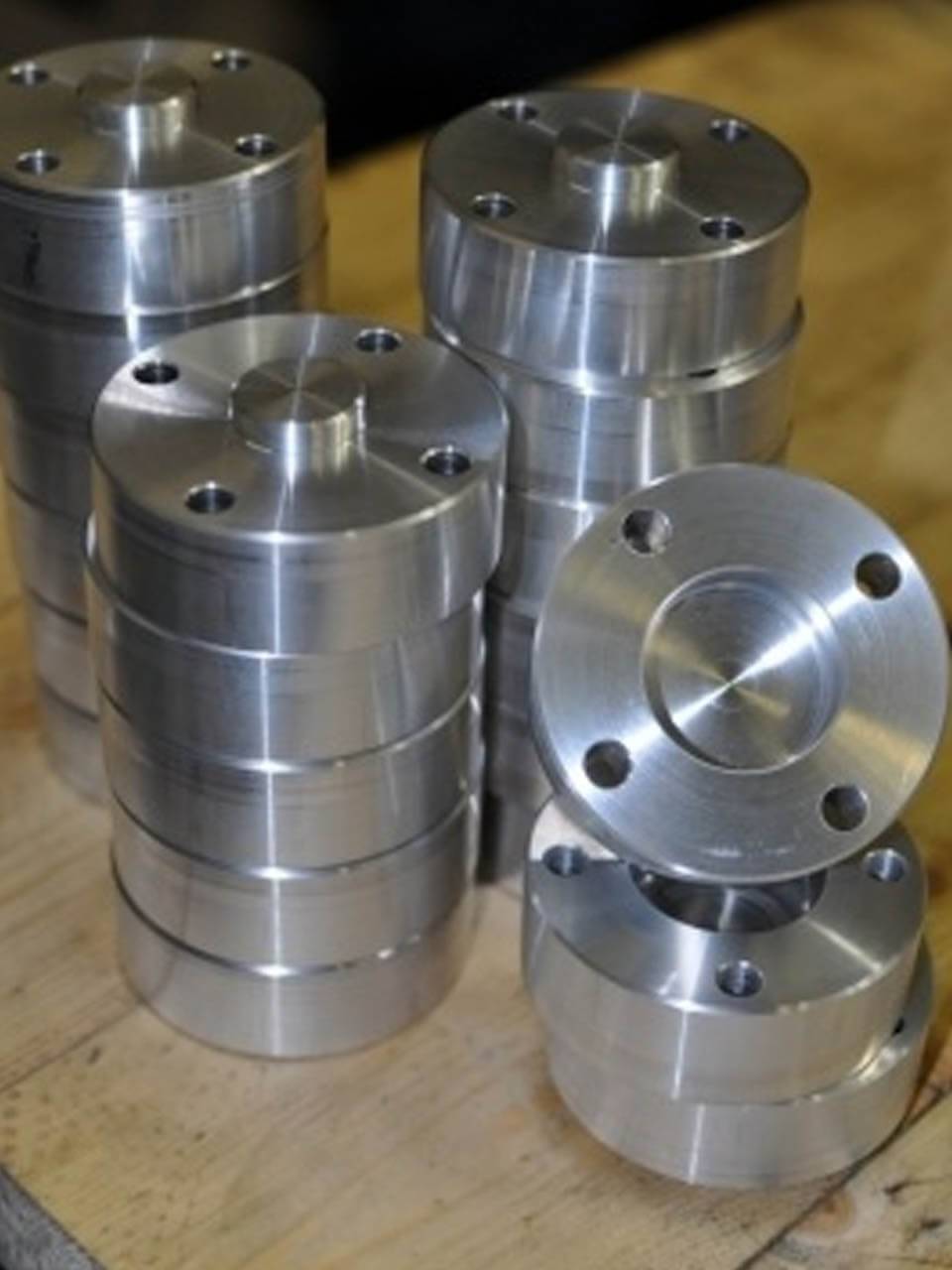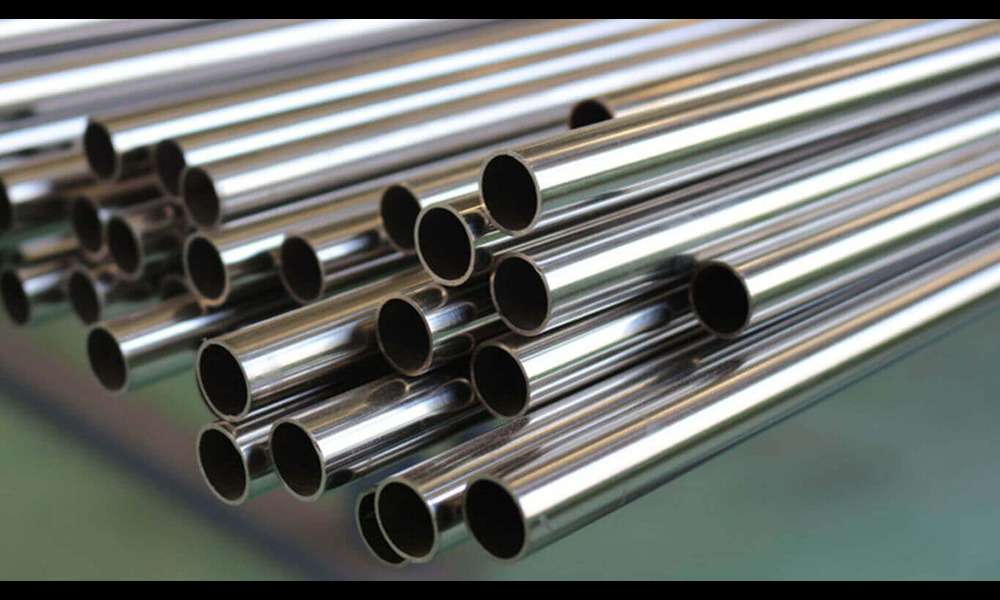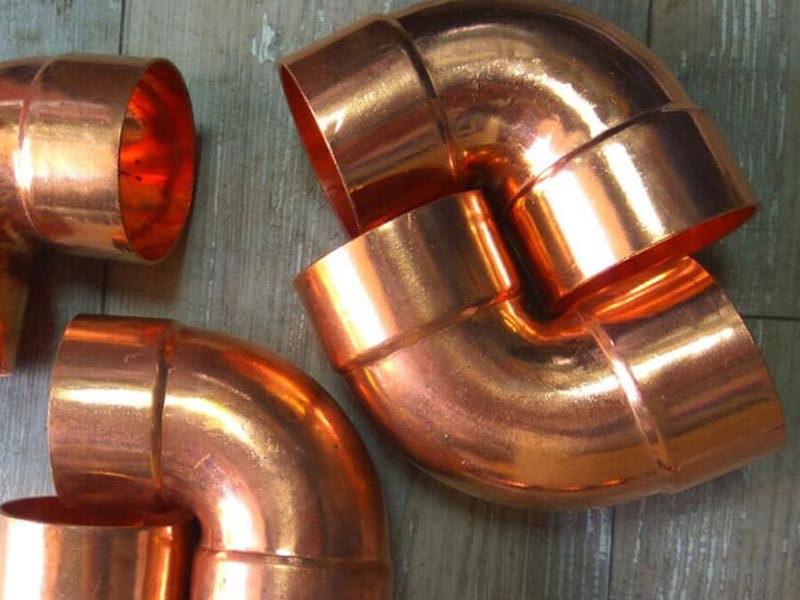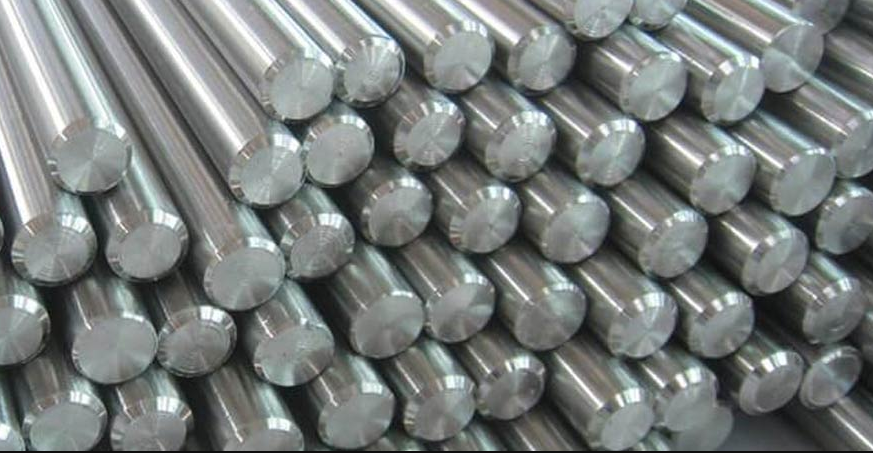Stainless steel flanges are crucial for pipelines and piping systems in different industrial applications. They are used to join piping sections, valves, or pumps and provide easy access for maintenance, cleaning, and inspection. SS flanges offer excellent resistance to corrosion, high temperatures, and extreme pressure, making them ideal for use in demanding environments. However, choosing the right type of stainless steel flange for your specific application can be confusing due to the various types and classes available on the market. In this blog post, you will discover the different types of stainless steel flanges and their applications.
What are Stainless Steel Flanges?
Stainless steel flanges are fittings used to connect pipes, valves, pumps and other equipment in the plumbing and piping systems. They come in various sizes and shapes depending on the type of connection needed. Flanges are usually made from stainless steel alloys, which protect against corrosion and high-temperature strength. Flange can be flat or raised depending on the application’s needs. Standard flanges have a gasket between them that seals the joint when tightened by bolts; however, special types of gaskets help increase a safe seal under higher pressures or temperatures. In some cases, sealants may also be used for added security and durability.
Types of Stainless Steel Flanges
Weld Neck Flanges
Weld Neck Flanges are the most commonly used stainless steel in industrial piping applications. They are characterized by their long tapered necks and are welded to the mating pipe, creating a stronger and leak-free joint. Weld Neck Flanges are suitable for high-pressure and high-temperature applications, especially in the oil and gas industry, chemical processing, and steam systems.
Slip-On Flanges
Slip-On Flanges are design to slip over the pipe and then weld in place. They are easier to install than weld-neck flanges. They are suitable for use in low-pressure applications with no risk of leakages, such as water distribution and air conditioning systems. Slip-On Flanges are also commonly used in petrochemical and oil refineries.
Threaded Flanges
Threaded Flanges are utilized in piping systems where the connections are expected to be disassembled frequently. These flanges have internal threads that match the threads on the pipe, making them easy to connect and disconnect. They are suitable for low-pressure applications like water lines, compressed air, and fuel distribution systems.
Lap Joint Flanges
Lap Joint Flanges are unique in design and consist of two parts – a stub end and a backing flange. The backing flange is fix to the piping system, and the stub end slides through the backing flange. They are often use in systems that require quick assembly and disassembly, such as low-pressure industrial applications, water treatment, and gas pipelines.
Blind Flanges
Blind Flanges terminate the end of a piping system or vessel. They are solid round discs with no centre hole and are design to bolt over the open end of a pipe or valve. Blind flanges are suitable for high-pressure applications, such as oil and gas processing, petrochemicals, and refineries.
Conclusion:
Choosing the right type of stainless steel flange for your application is critical to achieving a safe, leak-free, and efficient piping system. The type of stainless steel flange you select will depend on pressure, temperature, fluid type, and connections. In summary, Weld Neck Flanges are suitable for high-pressure and high-temperature applications. Slip-On Flanges are great for low-pressure systems not expose to moisture. Threaded Flanges are versatile and provide easy assembly and disassembly. Lap Joint Flanges are excellent for applications that require frequent assembly and disassembly. Finally, Blind Flanges are ideal for terminating the end of a piping system or vessel. By considering these factors, you can select the right type of stainless steel flange for your piping system and achieve maximum efficiency and safety.







